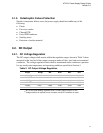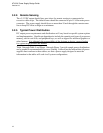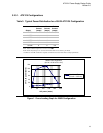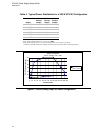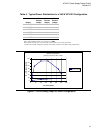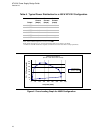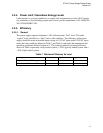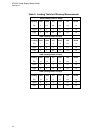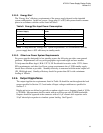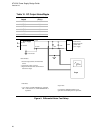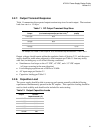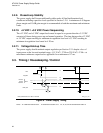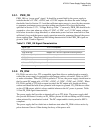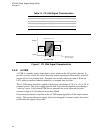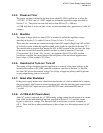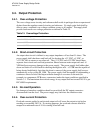
ATX12V Power Supply Design Guide
Version 2.0
19
3.2.5.2. Energy Star*
The “Energy Star” efficiency requirements of the power supply depend on the intended
system configuration. In the low-power / sleep state (S1 or S3) the system should consume
power in accordance with the values listed inTable 9.
Table 9. Energy Star Input Power Consumption
Maximum Continuous Power Rating
of Power Supply
RMS Watts from the AC line in sleep/low-power
mode
< 200 W < 15 W
> 200 W < 300 W < 20 W
> 300 W < 350 W < 25 W
> 350 W < 400 W < 30 W
> 400 W 10% of the maximum continuous output rating
Note: To help meet the “Energy Star” system requirements, it is recommended that the
power supply have > 50% efficiency in standby mode.
3.2.5.3. Other Low Power System Requirements
For power supplies designed for low standby power, the following provides some general
guidance. Requirements will vary with geographic region and target end user market.
To help meet the Blue Angel
*
, RAL-UZ 78, US Presidential executive order 13221, future
EPA requirements, and other low Power system requirements the +5 VSB standby supply
should be as efficient as possible. Standby efficiency is measured with the main outputs off
(PS_ON# high state). Standby efficiency should be greater than 50% with a minimum
loading of 100mA.
3.2.6. Output Ripple/Noise
The output ripple/noise requirements listed in Table 10 should be met throughout the load
ranges specified in Section 3.2.3 and under all input voltage conditions as specified in
Section 3.1.
Ripple and noise are defined as periodic or random signals over a frequency band of 10 Hz
to 20 MHz. Measurements shall be made with an oscilloscope with 20 MHz bandwidth.
Outputs should be bypassed at the connector with a 0.1 µF ceramic disk capacitor and a
10 µF electrolytic capacitor to simulate system loading. See Figure 5.



